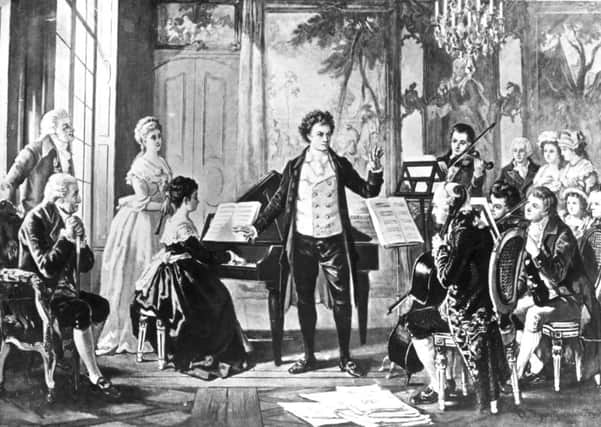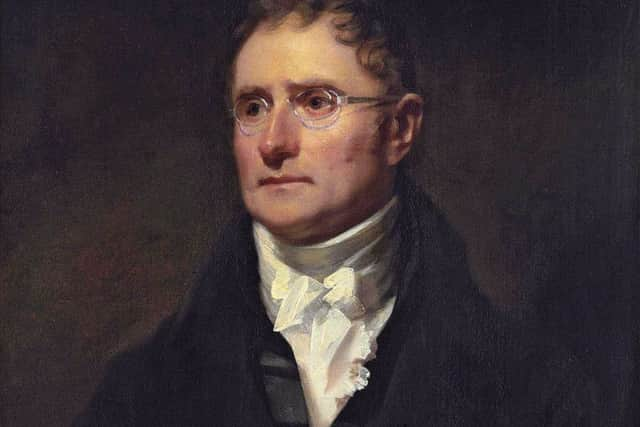Festival to celebrate Beethoven's Scottish link


Two centuries after he created new arrangements of ancient folk songs, a string of them will be showcased in concert at Celtic Connections.
The event, which will feature a mixture of music, song and spoken word, will explore how Beethoven struck up a long-term partnership with an Edinburgh-based music publisher and folk-song collector.
Advertisement
Hide AdGeorge Thomson commissioned more than 120 semi-classic arrangements of Scottish, Irish and Welsh folk songs from Beethoven between 1809 and 1820.


Now Celtic Connections is preparing to showcase the original Gaelic versions of songs which Beethoven adapted, as well as the versions he produced for Thomson.
The festival event, Ludwig Mòr nan Òran – Gaelic Songs For Beethoven, is the first event to emerge from a Scottish-Austrian-German project exploring the composer’s links to Gaelic culture and his work with Thomson.
The project is being developed ahead of the 250th anniversary of Beethoven’s birth in 2020.
Born in Fife in 1757, Thomson developed an interest in folk song after joining the Edinburgh Musical Society, playing violin in its orchestra and singing in its choir.
The Celtic Connections event and the wider cultural collaboration are being masterminded by Michael Klevenhaus – a German actor, author and scholar based in Bonn, Beethoven’s home city, where he formed a Gaelic academy. He will be performing in the Celtic Connections concert on 3 February, along with leading Scottish musicians and singers, including Allan MacDonald, Màiri MacInnes, Lorna Anderson and Jamie MacDougall.
Advertisement
Hide AdThe event will recall how Thomson was not interested in the Gaelic songs as they were originally sung. He employed writers such as Walter Scott and Robert Burns to create lyrics for the arrangements by Beethoven and other composers such as Joseph Haydn, Carl Maria von Weber and Johann Nepomuk Hummel. More than 50 letters are known to have passed between Thomson and Beethoven over a period of 17 years.
From 1793 to 1841, Thomson published 300 songs in six volumes, using personal funds gained from his clerkship with the Board of Trustees for the Encouragement of Arts and Manufactures of Scotland. It is hoped a documentary exploring Beethoven’s links with Scotland, part of which will be filmed at Celtic Connections, will be finished by the time of the 250th anniversary.
Advertisement
Hide AdKlevenhaus, who studied at Sabhal Mòr Ostaig, the Gaelic college on the Isle of Skye, said: “Thomson had been working with Haydn before, but as he became ill he recommended a young Beethoven to Thomson.
“Thomson wanted to have the most beautiful, up-to-date song collection. He took melodies, stripped them of their original titles and lyrics, asked composers like Beethoven to arrange them according to the latest fashions of European classical music, then got writers to create new lyrics for them. It was nice music, but it was fake. There was nothing traditional about them any more. But he saw it as his way of saving these forgotten traditional songs and melodies. You have to remember this was happening at a time when Edinburgh’s literati and Enlightenment figures were trying to reshape Scottish history and culture.
“They were taking traditional melodies and songs and doing something new with them, but it meant giving them new titles, arrangements and word.”